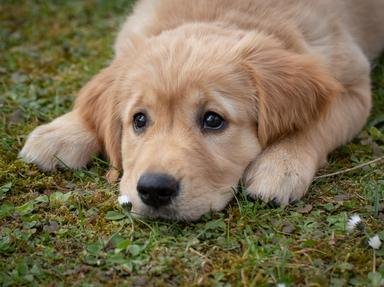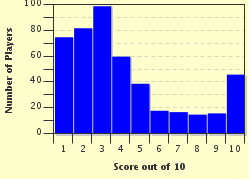Quiz Answer Key and Fun Facts
1. Originating in Belgium, this curly coated breed belongs to a family of four similar breeds. Roughly the size of a German Shepherd Dog, this breed was originally bred as a livestock herder and guardian.
2. Formed from the mating of a Collie from northern England and a local black and tan female, this breed is still a popular livestock herder in Australia, its country of origin.
3. Easily recognizable by its long haired, curled fringe-like ears, this breed originated in Hungary in the 1800's as a livestock herder. Not only does it serve as a herder, but also functions as a farm guardian and efficient ratter.
4. This breed comes in a smooth-haired and a long-haired variety. Also known as a Labrit, this breed originated in France in the 1700's as a sheep herder and guardian.
5. Comparable physically to the Pembroke Welsh Corgi, this breed found its origins in Sweden. Often still used for its original purpose, this breed functions as a multipurpose drover, watchdog and ratter.
6. A need for a vocal dog, capable of driving sheep from a distance with its voice as opposed to the common silent herders, spurred the selective breeding that resulted in this breed.
7. This breed takes on the appearance of a livestock guardian, but is a capable sheep herder as well. Finding its origins in Macedonia in the middle ages, this breed wasn't officially recognized until 1930.
8. This breed comes in three coat varieties: short-haired, wire-haired, and long-haired. Also known as the Hollandse Herdershond, this breed found its origins in The Netherlands in the 1800's as a livestock herder.
9. Coming in a variety of colors, this breed with a densely wavy coat was originally used in Hungary to guard flocks, herd sheep, and hunt boar.
10. Tracing its origins back to antiquity, this breed is thought to descend from warrior Mastiff-type dogs left in Switzerland by passing Roman legions about 2000 years ago. Though its tri-colored markings are common among breeds of Switzerland, this breed is set apart by its tightly curled tail.
Source: Author
GioSheltie
This quiz was reviewed by FunTrivia editor
crisw before going online.
Any errors found in FunTrivia content are routinely corrected through our feedback system.

